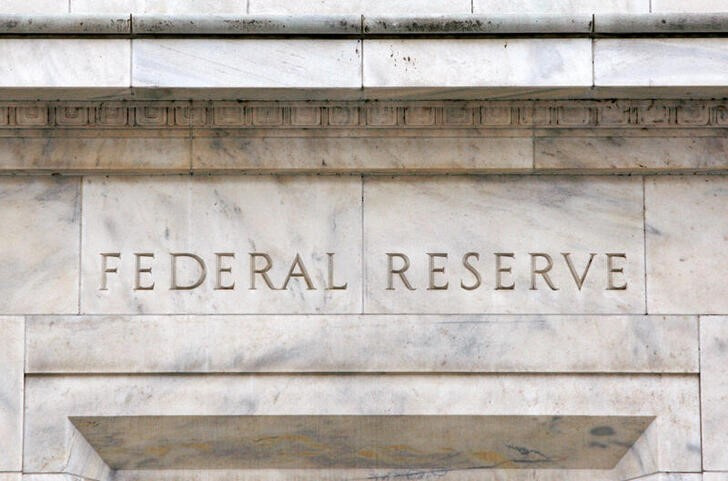By Yasin Ebrahim
Investing.com — The Federal Reserve kept rates steady on Wednesday as the central bank continued its cautious monetary policy approach, though stopped short of ruling out further rate hikes.
The Federal Open Market Committee, the FOMC, kept its in a range of 5.25% to 5.5%.
Fed pauses for second-straight month, but doesn’t rule out further rate hikes
This was the second-straight FOMC that the committee decided to keep rates on hold, raising hopes that the Fed isn’t like to resume rate hikes. But Fed Chairman Jerome Powell was unwilling to rule out further rate hikes.
“We’re not confident at this time that we’ve reached such a stance,” Fed Chairman Jerome Powell said, responding to a question on whether financial conditions are sufficiently restrictive yet.
How much do higher Treasury yields matter for future policy decisions?
The Fed’s decision to hold rates steady comes in the wake of a surge in to multi-year highs that have tightened financial conditions, prompting several Fed members including Powell to suggest that higher Treasury yields could help rein in elevated inflation.
“These higher treasury yields are showing through to higher borrowing costs for households and businesses,” Powell said. “Those higher costs are going to weigh on economic activity,” he added.
In his press conference, Powell said the extent to which tightening in financial conditions, brought on by higher yields on long-term Treasuries, would shape future rate decisions would depend on two conditions.
“The first is that the tighter conditions would need to be persistent, and that is something that remains to be seen,” Powell said. “The second thing is that the longer term rates that have moved up, they can’t simply be a reflection of expected policy moves from us.”
Some have suggested that the recent surge in yields on long-term Treasuries are equivalent to about four 25 basis point hikes, but Powell said it was “too early” to make that distinction.
Fed acknowledges pick-up in economic activity
Yet, the pick-up in economic activity remains a worry for the Fed as it threatens to boost inflation, muddying the Fed’s progress toward bringing down inflation toward the 2% target.
“Recent indicators suggest that economic activity expanded at a strong pace in the third quarter,” the Fed said in a statement.
The U.S. economy accelerated to 4.9% in Q3, data last week showed, marking the biggest rise in growth in nearly two years, underpinned by a still-strong labor market that has supported consumer spending.
Read the full article here
